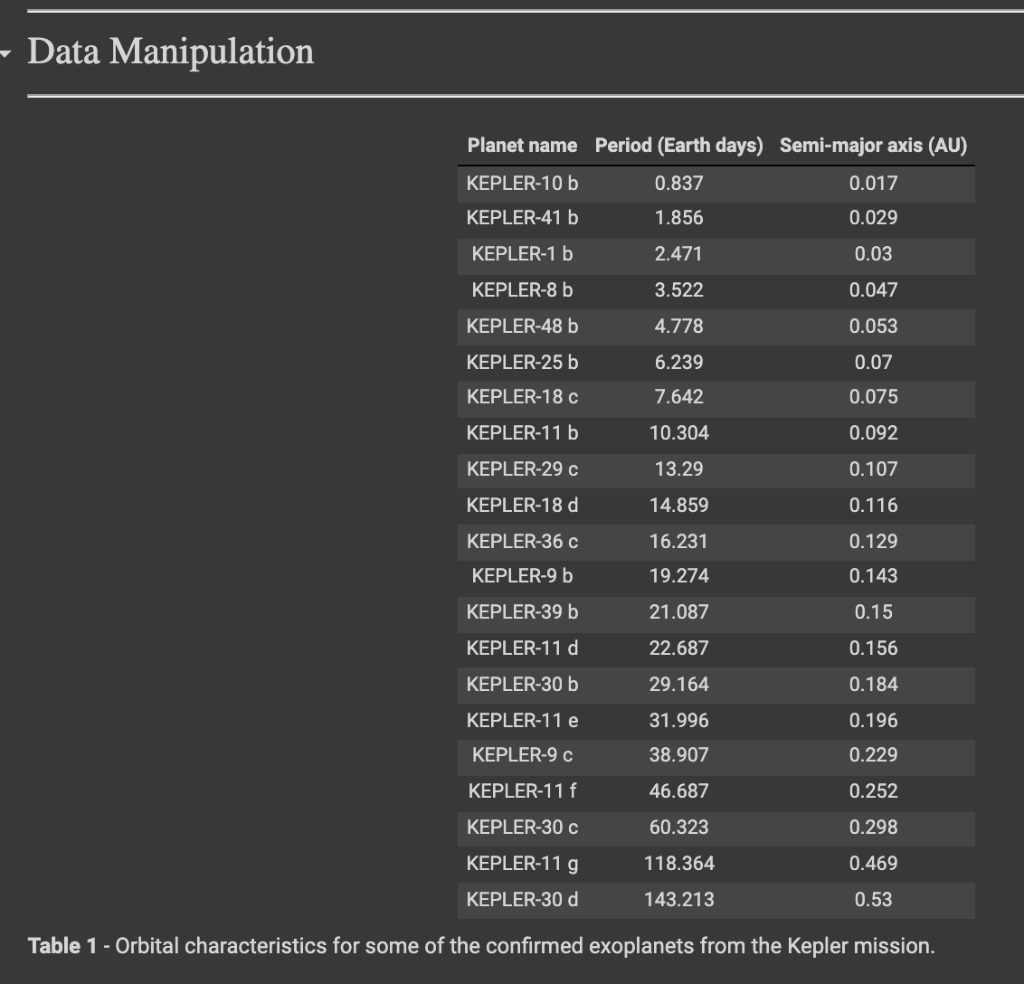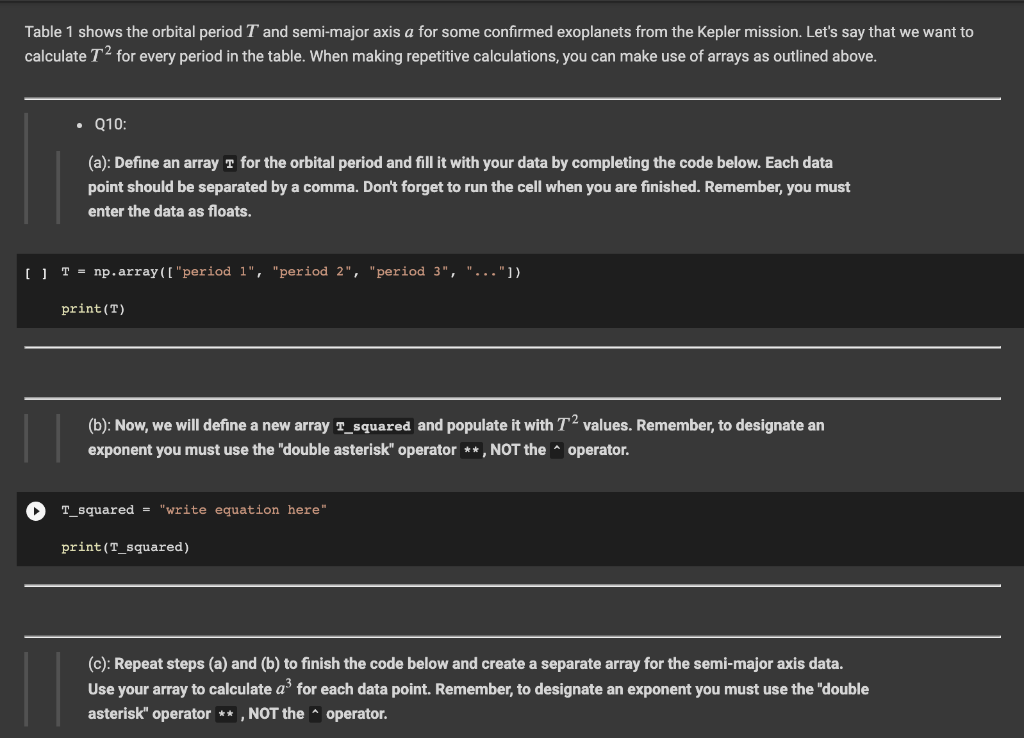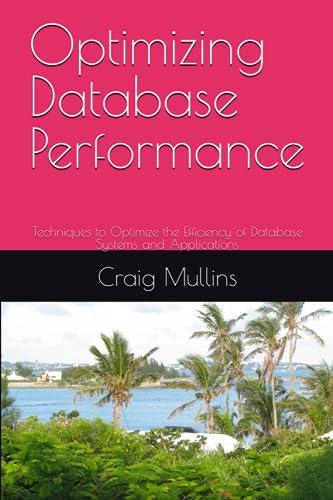Answered step by step
Verified Expert Solution
Question
1 Approved Answer
- Data Manipulation Planet name Period (Earth days) Semi-major axis (AU) KEPLER-10 b 0.837 1.856 0.017 0.029 KEPLER-41 b KEPLER-1 b 2.471 0.03 KEPLER-8 b



Step by Step Solution
There are 3 Steps involved in it
Step: 1

Get Instant Access to Expert-Tailored Solutions
See step-by-step solutions with expert insights and AI powered tools for academic success
Step: 2

Step: 3

Ace Your Homework with AI
Get the answers you need in no time with our AI-driven, step-by-step assistance
Get Started


